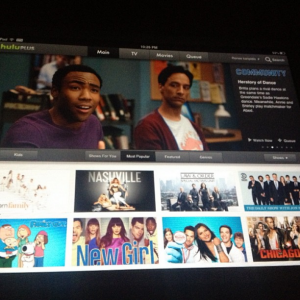It’s been in a downward spiral for years in the newspaper industry, but now TVs are on their way out as well.

Consumer-studying company Nielsen recently branded a new group of people called the “zero-TV” crowd, and you’re sure to know one or two of them. These folks are the ones who’ve stopped paying for cable and satellite and now watch all their shows via computers, tablets and smartphones.
Nielsen said that slightly more than five million homes didn’t subscribe to pay-TV services and didn’t view over-the-air TV as of the end of 2012, up from two million in 2007. Its data also showed that the number of pay-TV homes declined by 1.1 percent to 102.3 million.
In addition to the statistics of homes without TVs are the age demographics: Nielsen reported that of the zero-TV group, 44 percent are under 35, 41 percent live alone and 80 percent don’t have children.
The discussion of the loss of TVs was a large part of the National Association of Broadcasters Show, an event covering film entertainment, this past week in Las Vegas.
“Getting broadcast programming on all the gizmos and gadgets — like tablets, the backseats of cars, and laptops — is hugely important,” says Dennis Wharton, a spokesman for the National Association of Broadcasters told the Associated Press.
Aside from the surprising drop in TV viewers is the recent survey by asset management firm Piper Jaffray, which showed a drop in Facebook usage by teenagers from 42 percent down to 33 percent since six months ago.




